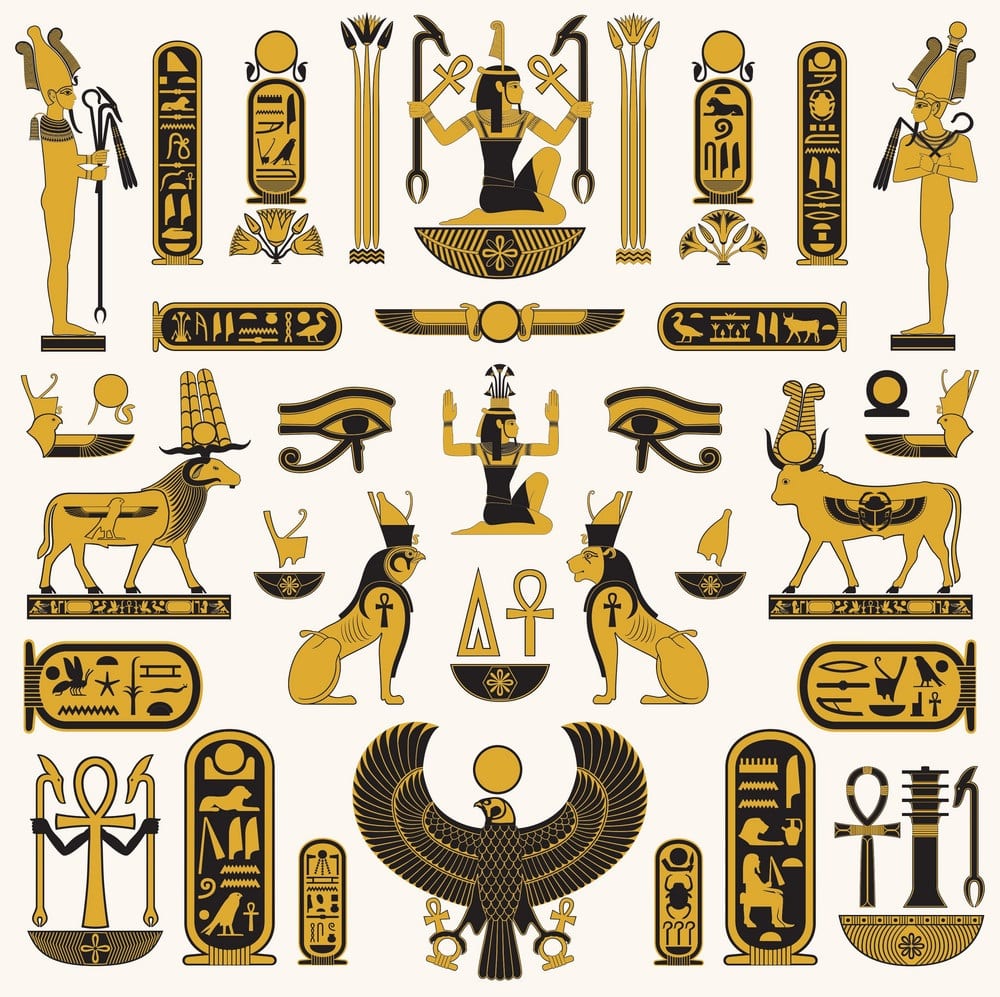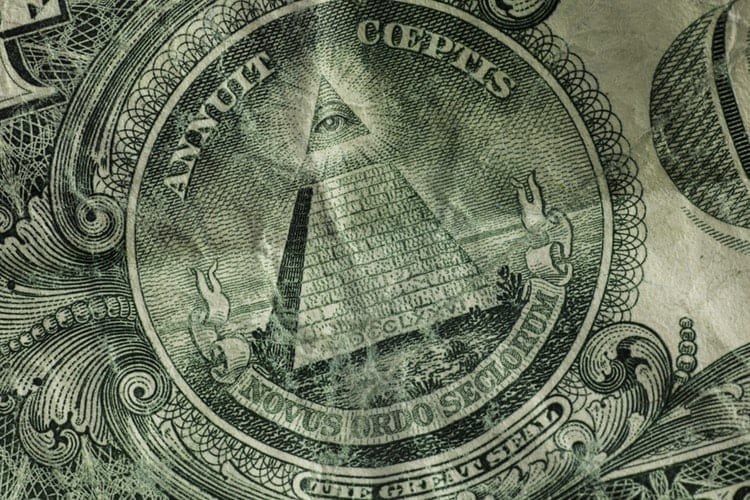It’s safe to say that most folks undermine the concept of leadership symbols.
Just ask yourself, have you ever wondered why sports teams choose certain animals as their mascots?
And no, it’s not because the animal is cute, fluffy, or adorable; it is more about the characteristics that animal represents. A lion, for instance, is a symbol of power and authority. A cheetah, on the other hand, represents speed and agility. It won’t take you long to grasp what a mascot represents. This is the power of symbolism, and leadership symbols allow businesses to harness that power to establish their authority.
Crowns, orbs, robes, thrones – these are just some of the symbols traditionally that represent leadership. While these symbols made more sense in the empirical times, they still hold a similar meaning. Rolex is one of the many brands that still use these regal symbols to stand out as the leaders in their industry. Symbols of leadership, however, aren’t limited to regal objects. It can be anything as long as it helps a brand showcase itself as the best in the business.
These symbols are used by businesses to convey a message in the most convincing manner. They can affect customers’ perception and actions. For better understanding, we must unravel the historical connection between symbols and humans.
Table of Contents
Mankind’s Obsession with Symbols
According to Kenneth Burke, famous philosopher and rhetorician, humans are symbol-using animals by nature. He goes as far as calling it one ability that sets us apart from other species. It is highly likely that our ancestors started drawing symbols long before they learned to speak.
Languages, after all, are nothing but collections of symbols. Ancient languages, Egyptian hieroglyphs for example, used to be collections of figures. It is interesting that figures in those ancient languages don’t often represent the object but the symbolic meaning behind it.

So, it won’t be wrong to say that symbols don’t represent objects but rather ideas. This additional layer of abstraction and mystery is what makes symbols more interesting, impressive, and impactful. The word “Power,” therefore, isn’t as intimidating as an image of roaring lion. A lion represents “power” and so much more. A brand can say more about itself with one symbol than it can with one word.
Our Mind and Symbols
An easy way to define symbols is “what you see is not what it is.” This may sound confusing but it’s amazing how our minds can easily decode most of the symbols we come across.
We all know what the stripes and stars represent on the flag. We know why a bald eagle represents USA. We even know what a simple pink ribbon represents.
These are all well-known symbols and we don’t even have to think twice to decipher the underlying meaning. There may be some symbols with varying meanings is different cultures, but most leadership symbols are immune to such ambiguity. A crown represents royalty in all cultures. There isn’t a demographic that won’t be able to connect those dots.
Brand Leadership and Symbols
Of course, logos are the most commonly used symbolic representations in the business world. Like we said, a symbol is worth a thousand words, and much more. It not only conveys a message, it also highlights the prominent aspects of your brand’s personality.
Let’s take the most clichés example of Apple. We have all heard of stories about Steve Jobs ending up with the most random name and logo. The symbolic meaning of an apple, however, confirms that it wasn’t merely a random decision. Apple represents awakening, knowledge, creativity, and to some extent, curiosity. Throw it all together and you get “innovation.” It is a symbol that positions Apple as a leader in its own right. It represents Apple as a company that led the tech industry through innovation.
The Ability to Create Meaning
Not all businesses, however, rely on symbols with historic meaning. Some flaunt their lead by giving a whole new meaning to a symbol. A fine example would be Mercedes Benz and its three-pointed star. Historically, the star is a symbol of guidance and destiny. For Daimler, it also represents its founder’s dream of creating vehicles for land, air, and water. Guided by this star, the brand did become the leading automobile company on land, in air, and in water.
While many businesses choose symbols of leadership that focus on exclusivity, some brands take a different approach to leadership. They do not try to be a leader who stand above and ahead, but as a leader who stands with you. They choose symbols that trigger sentiments such as love and care. It is why many healthcare institutes or charity organizations have a heart in their logos.
Logos, in short, are symbols that don’t only shape the perception about a brand’s personality, they also communicate the purpose, vision, and mission of that brand.
Bonus: Read all about the famous Coca-Cola logo!
Leadership beyond Logos
Throughout history, leaders have used symbolism to convey revolutionary ideas that are otherwise difficult to grasp. Symbolism is not limited to imagery. It extends to speech in the form of metaphors. Metaphors make an idea easier to understand while adding more emotional weight to the words. It makes ideas more relatable and acceptable.
A study that compared several former Presidents of the United States on their charisma level reveals that presidents that are more charismatic used more metaphors in their speeches. Abraham Lincoln, for one, had mastered the art of using metaphors and symbols in his speeches. His speeches are prime examples of how metaphors can influence thought and actions. They teach us how a great leader can turn simple, relatable metaphors into leadership symbols.
Businesses can use metaphors to create influential brand stories. They can influence customers to share their vision as well as their passion.
Wrapping it Up
Symbols can touch all your senses at the same time and evoke and emotional response. They don’t just carry a meaning, they carry an experience within themselves. These experiences introduce the audience to new ideas in the most influential manners. Symbols give these ideas the power to alter thoughts, behavior, and actions. With effective use of leadership symbols, brands can establish authority, build a following, and lead a change on a massive scale.
Last modified: May 25, 2020










